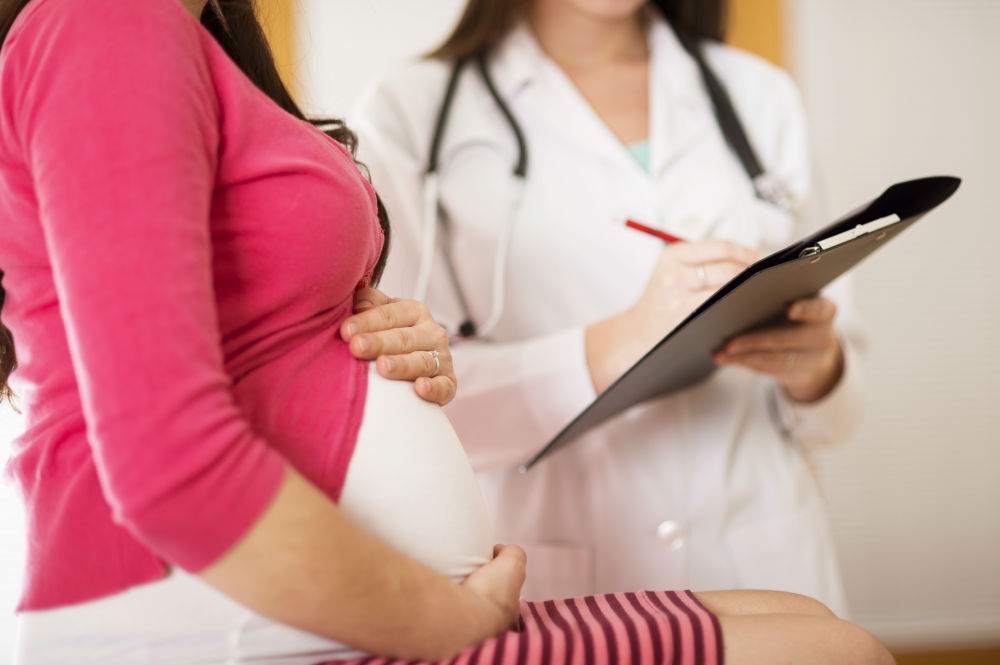Pregnancy and delivery usually occur without problems, but it is important to be aware of the possible complications. Preeclampsia is a condition unique to pregnancy and has the potential to be life-threatening.
What is preeclampsia?
It is a syndrome that occurs after 20 weeks of pregnancy which includes high blood pressure associated with protein in the urine or other organ dysfunction. It occurs in approximately 4 percent of all pregnancies. The exact cause is unknown, but abnormal placental attachment to the uterus is the inciting event. This is thought to result in the release of substances into the maternal blood stream that affects vessels throughout her body.
An elevated blood pressure is usually the first sign. Other routine tests may show high protein in the urine, low platelets in the blood and abnormal liver function. A woman may experience headaches or blurred vision which indicate neurologic involvement. The cure is delivery.
Why is it dangerous?
- It can lead to seizures, stroke, respiratory distress, and other problems
- You may need a preterm delivery
- It can cause fetal growth restriction, placental abruption and fetal death
- It causes 10-15 percent of the cases of maternal death
You are at risk if:
- It’s your first pregnancy
- You have hypertension, diabetes (Type 2 or gestational), chronic kidney disease or lupus
- You are thirty-five years or older
- You carry more than one fetus: twins, triplets, etc.
- You previously had preeclampsia, or your mother or sister had preeclampsia
- You are overweight, especially if your body mass index is 40 or higher
What can you do to protect yourself?
- Take aspirin. This reduces the onset of preeclampsia by 10-20 percent. It is important to consult with your physician before starting any medication. It is recommended for women at moderate to high risk. The dose is 100-150 mg daily starting at 12-13 weeks of gestation. It should be stopped several days before expected delivery.
- Take in enough calcium. This may be helpful in preventing preeclampsia and is beneficial for the growing infant who needs this for bone development. The recommend daily minimum is 1000 mg. This can be obtained by consuming three or four servings of milk products daily or taking calcium supplements.
- Monitor your blood pressure and look out for symptoms. It is easy to get a home blood pressure kit. Be aware of the symptoms and know what represents an abnormal blood pressure (usually more than 140/90). Contact your doctor or seek emergency care if your blood pressure is high or you are experiencing symptoms.
Preeclampsia is a life-threatening condition that can be successfully managed. You can protect your health and that of your baby by being engaged and paying attention to your body. Know how to contact your doctor or where to go if you need emergency care.
